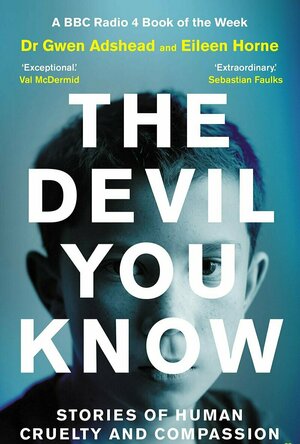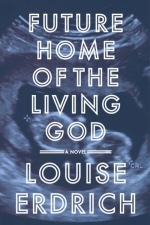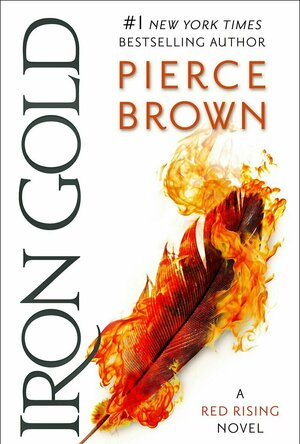
The Devil You Know: Stories of Human Cruelty and Compassion
Book
A perspective-shattering work into the minds of violent criminals that reveals profound consequences...
Non-Fiction True Crime Psychology Mental Health Crime

Grim Facade: Hidden Sins - A Hidden Object Mystery (Full)
Games and Entertainment
App
Unlock the complete adventure with a single purchase! No in-app purchases! A masked vigilante...

3/11 TSUNAMI PHOTO PROJECT
News and Book
App
Photographers from around the globe converged on remote areas devastated by the Japan...

Future Home of the Living God
Book
'Erdrich is one of the greatest living American writers' Guardian Louise Erdrich, the New York...
fantasy science fiction

Bob Honey Who Just Do Stuff: A Novel
Book
“An almost literally up-to-the-minute fever dream of a novel.” —Bill Maher From legendary...
satire

Iron Gold: Book 4 of the Red Rising Saga
Book
#1 New York Times bestselling author Pierce Brown expands the size and scope of his Red Rising...
science fiction

Supermarket Management 2 HD (Full)
Games and Entertainment
App
Have you played the prequel to this fascinating game? Don’t miss Supermarket Management - on iPad...

DOFUS Touch
Games and Entertainment
App
The ultimate adventure is at your fingertips in this colossal game! While hunting for the legendary...

Injustice 2
Games and Entertainment
App
Enter the Universe of Injustice 2 and unleash the powerful fighting style of your favorite DC Super...

Virtual City (Full)
Games and Entertainment
App
The immersive free-to-play version, Virtual City Playground®: Building Tycoon, is already live!...